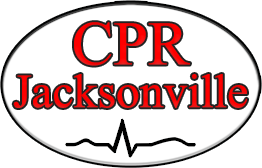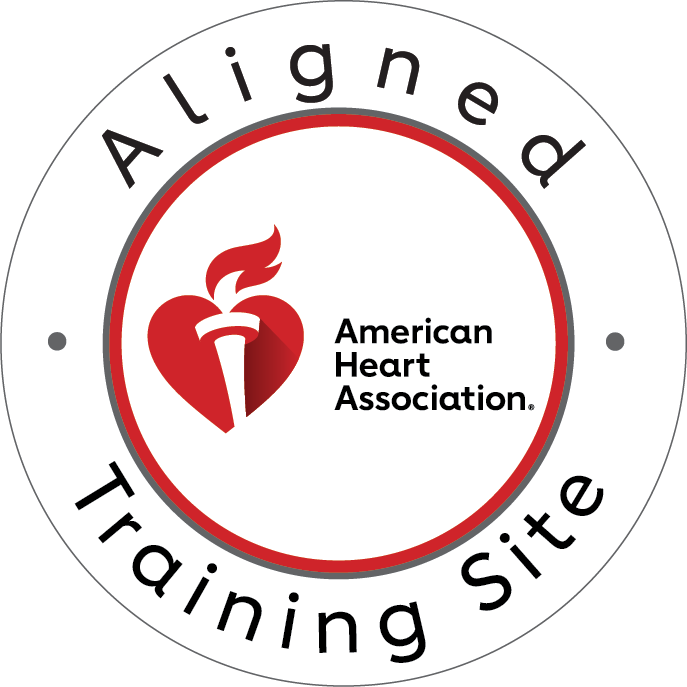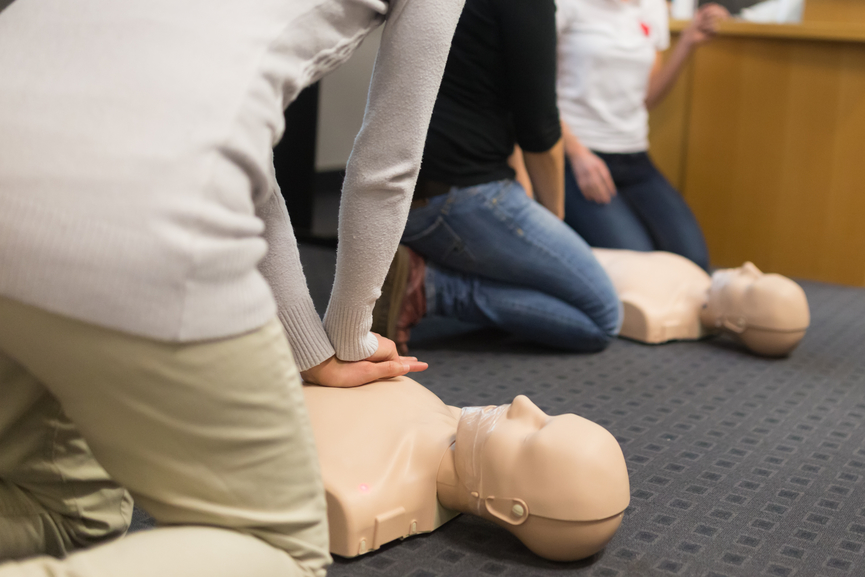The Critical Role of Defibrillation in Cardiac Emergencies
The sudden collapse of a person due to cardiac arrest is a moment of intense crisis, but it is also a moment where immediate and skilled intervention can reverse the course of a life-threatening event. Survival rates for sudden cardiac arrest remain low in many areas, but those statistics shift dramatically when defibrillation is rapidly and properly applied. This life-saving procedure is a cornerstone of the Advanced Cardiovascular Life Support, or ACLS, protocol, and its correct application is the single most critical factor connecting a victim to survival. Defibrillation is not a generalized treatment; rather, it is reserved for specific, shockable heart rhythms that signal a catastrophic electrical malfunction in the heart. Therefore, understanding the underlying arrhythmias, mastering the equipment, and strictly adhering to procedural best practices are not just guidelines for healthcare professionals but essential requirements for delivering care that genuinely impacts patient outcomes.
Understanding VF and VT: The Critical Rhythms
To administer this intervention correctly, one must first recognize the two primary shockable rhythms: ventricular fibrillation (VF) and pulseless ventricular tachycardia (VT).
Ventricular Fibrillation (VF)
Ventricular fibrillation is a state of chaotic, disorganized electrical activity where the ventricles merely quiver, failing to produce any effective cardiac output. This frantic electrical chaos renders the heart incapable of pumping blood, leading to immediate circulatory collapse.
Ventricular Tachycardia (VT)
Conversely, ventricular tachycardia involves a rapid, but initially organized, electrical rhythm originating from the ventricles. The speed of the VT can be so extreme that the ventricles do not have adequate time to fill between beats, resulting in a severe reduction or complete absence of cardiac output. The distinction between these rhythms guides clinical action, but both represent a time-sensitive emergency demanding immediate defibrillation to restore a perfusing rhythm.
Chain of Survival Context
Recognizing the characteristics of these rhythms on an electrocardiogram is a fundamental skill that enables the rapid decision-making crucial to the chain of survival. The key difference in presentation is that VF is a completely disorganized chaos, whereas VT retains a pattern, though it is usually too fast to sustain life. Both of these malignant electrical activities, however, signal the need for a defibrillatory shock.
Equipment and Technology Best Practices
The intervention itself relies on the proper use of specialized equipment, whether an Automated External Defibrillator (AED) or a manual defibrillator.
AED vs. Manual Defibrillator Selection
While AEDs are designed for ease of use by lay rescuers, automatically analyzing the rhythm and instructing the user when to deliver a shock, manual defibrillators offer healthcare professionals greater control over energy selection and synchronization, making them advantageous in clinical settings. Modern devices predominantly use biphasic waveforms, which deliver energy in two directions, resulting in greater effectiveness at lower energy levels compared to older monophasic devices. Current guidelines from organizations like the American Heart Association (AHA) and the International Liaison Committee on Resuscitation (ILCOR) recommend an initial biphasic energy dose typically between 120 and 200 joules, with subsequent shocks escalated if the rhythm proves refractory.
Pad Placement and Preparation
Crucially, the effectiveness of the shock is highly dependent on proper pad placement and preparation. The standard placement is anterior-lateral, with one pad beneath the right clavicle and the other at the left mid-axillary line below the breast. Effective energy transmission requires meticulous skin preparation, including removing excess hair, moisture, and any medication patches that could interfere with conduction or cause burns.
Energy Selection
Before the energy is delivered, the medical team must flawlessly execute a pre-defibrillation protocol focused on safety and integration with ongoing care.
Safety Verification
Safety verification is paramount and involves the audible implementation of the “all clear” protocol, ensuring all team members are clear of the patient, the bed, and any connected equipment. This step also requires assessing for and mitigating environmental hazards, such as pooled fluids, and securing any supplemental oxygen to prevent a flash fire.
Rhythm Confirmation
Simultaneously, the rhythm must be quickly and accurately confirmed, ideally using multiple leads, to prevent the inappropriate delivery of a shock to a non-shockable rhythm or mere artifact. A key best practice is the principle of minimal interruption to chest compressions.
Integration with CPR
To uphold this, the defibrillator should be charged while high-quality cardiopulmonary resuscitation, or CPR, is actively being performed. This method ensures that the pause in compressions required for the actual shock delivery is limited to the bare minimum seconds necessary for safety verification and shock administration, thus optimizing coronary and cerebral perfusion.
Defibrillation Technique and Timing
The act of delivering the shock itself requires precision and coordination. After the device is fully charged and the “all clear” is verified, the shock button is activated. For VT patients who have a pulse but are unstable, a synchronized shock may be required, meaning the energy is timed with the QRS complex of the patient’s heart rhythm to prevent induction of a more lethal arrhythmia, although in the context of pulseless VT, an unsynchronized shock is appropriate. The moments immediately following the shock are just as vital as the setup. Following the delivery of the electrical energy, the immediate action is to promptly resume chest compressions without pausing to check for a pulse. The team should continue this high-quality CPR for a full two-minute cycle before performing the next rhythm and pulse reassessment. This post-shock protocol is critical because it gives the recently shocked heart time to potentially convert to a stable rhythm while maximizing artificial circulation to prime the myocardium. If VF or VT persists after multiple shocks, the rhythm is deemed refractory, requiring escalation protocols such as the administration of antiarrhythmic medications like amiodarone or lidocaine. Some advanced strategies, like considering vector changes in pad placement or double sequential external defibrillation, may be attempted in specific, challenging situations.
FAQs About Defibrillation for Ventricular Fibrillation and Ventricular Tachycardia
What is the difference between ventricular fibrillation and ventricular tachycardia?
Ventricular fibrillation (VF) is a life-threatening cardiac rhythm where the heart’s ventricles quiver chaotically instead of pumping blood effectively, resulting in no cardiac output. Ventricular tachycardia (VT) is a rapid heart rhythm originating from the ventricles, typically over 100 beats per minute. While VT can still produce some cardiac output in certain cases, both rhythms are dangerous and often require immediate defibrillation. VF is always a cardiac emergency requiring immediate intervention, as the heart cannot pump blood to vital organs. Understanding these distinctions is crucial for healthcare providers trained in ACLS protocols.
When should defibrillation be performed for these arrhythmias?
Defibrillation should be performed immediately when ventricular fibrillation is identified on a cardiac monitor or when pulseless ventricular tachycardia is present. Time is critical—every minute without defibrillation decreases survival chances by 7-10%. For unstable VT with a pulse, synchronized cardioversion may be preferred, but pulseless VT requires immediate defibrillation just like VF. Healthcare providers should follow ACLS algorithms and deliver the shock as soon as possible after confirming the rhythm, ideally with minimal interruption to CPR. Early recognition and prompt action are essential skills taught in comprehensive ACLS training programs.
What energy levels are recommended for defibrillation?
For adult patients, biphasic defibrillators typically use 120-200 joules for the initial shock, following the manufacturer’s recommendations. If the specific dose is unknown, maximum energy (200 joules for biphasic) is acceptable. Subsequent shocks should be at the same or higher energy levels. Monophasic defibrillators, though less common today, require 360 joules. It’s important to ensure proper pad placement and that no one is touching the patient during shock delivery. Healthcare providers learn proper defibrillator operation and energy selection as part of their ACLS certification, ensuring they can respond effectively in cardiac emergencies.
What should be done if the first defibrillation attempt is unsuccessful?
If the first shock doesn’t restore a normal rhythm, immediately resume CPR, starting with chest compressions for about 2 minutes before checking the rhythm again. After the second round of CPR, check the rhythm and deliver another shock if VF or pulseless VT persists, using equal or higher energy. Continue this cycle while establishing IV or IO access, administering epinephrine, and considering reversible causes (the H’s and T’s). High-quality CPR between shocks is critical for patient survival. This systematic approach to resuscitation is emphasized in ACLS training, where providers practice these algorithms until they become second nature.
Call to Action
Don’t wait until an emergency to learn life-saving skills. Whether you’re a healthcare professional or want to be prepared for any situation, CPR Jacksonville FL offers comprehensive American Heart Association courses that will give you the confidence to act when seconds matter.
Our stress-free, hands-on ACLS classes in Jacksonville, FL, will teach you advanced cardiac life support techniques, including proper defibrillation protocols for ventricular fibrillation and ventricular tachycardia. We also offer CPR certification in Jacksonville, FL, BLS for Healthcare Providers, PALS, and First Aid courses—all designed to fit your schedule.
Ready to become certified? Contact CPR Jacksonville, FL, today and join the best CPR training site in Jacksonville. Your skills could save a life tomorrow.



